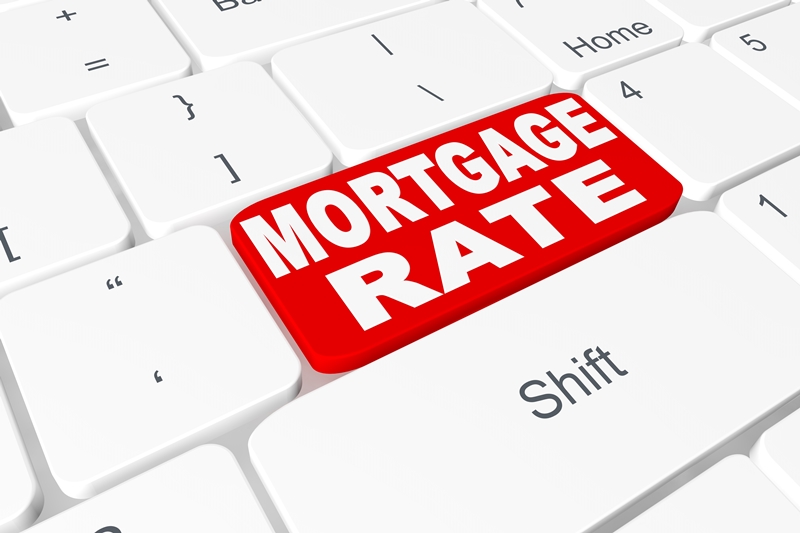
An ARM, or adjustable-rate mortgage, is often a very savvy option when deciding on a home loan, particularly when interest rates have been at historic lows and have remained there as they have for the past several years. Despite the Federal Reserve raising the benchmark interest rate in December 2015, mortgage rates haven’t yet started to follow. However, because of that increase, now might be the time to consider moving to a fixed-rate mortgage before we see the rates rise.
Is now the time to lock into a low, fixed rate or can you continue to ride these low adjustable rates? The answer is a little more complex than you might think, but finding out your options by speaking to a licensed lending officer might be worth your time, particularly if your credit score and home value have increased since you first took out your loan.
A loanDepot licensed loan officer can answer any questions about your home refinance options. Call today for more information.
Stay aware of changing rates
An ARM makes great sense as long as the index it's tied to reflects a consistently low rate. This has indeed been the case in recent years, as the major indexes have all kept their interest rates at unheard-of lows. Better yet, the first 3, 5, 7 or 10 years of your ARM (depending on your loan), have been on a fixed term, taking any index anxiety completely out of the equation for those periods of time. Many homeowners decide to sell and move onto their next property during this initial period, which can work out great. If you're planning on joining them soon, then you may be perfectly content to ride out your final months in your ARM-financed home even if interest rates start to climb.
Keep long-term goals in mind
If you're planning on spending many more years in your dream home, however, you may need to refinance your ARM while the dream is still manageable. The best time to go for a fixed-rate mortgage is (a) when a historic low appears to be ending for the foreseeable future, and (b) before interest rates rise too high. Locking in a fixed rate while you can still get a comfortably low one could spare you some alarming increases in your payments. Keep in mind that if your ARM's rate increases are capped at 5 percent, that's 5 percent above whatever the index rate decides to do – and those unnerving numbers will kick in as soon as your fixed period ends.
Refinancing from an ARM to a fixed-rate loan isn't automatic, of course; you still have to cope with the closing process. Closing costs may run thousands of dollars, but this can be offset by the money you save on your refinance – provided that you stay in the house long enough to benefit. If you've avoided the issue of refinancing because of your equity, put your fears aside and take a fresh look at the resources available to today's homeowners.
Consider new terms
Even if you're worried about being "underwater" on your loan-to-value ratio, you may still have options such as mortgage insurance that can help persuade your lender to let you refinance your mortgage. If you want to save even more money in the long term on your fixed-rate mortgage, consider selecting a 15-year term instead of a 30-year term.
If you're in love with your home and want to stay put, now's the time to investigate refinancing your ARM as a fixed-rate mortgage. You might not be taking advantage of future drops in the indexes – but sometimes long-term stability trumps short-term gains. Call now for more information and to speak with a licensed loan officer who can further advise you of your refinance options.
Published March 1, 2016
RELATED TOPICS
How often can you refinance your mortgage?
Home equity: Get ready for your closed-end second mortgage
Upsizing or downsizing: Which is right for you?
5 housing trends we can expect to continue or emerge
Fast credit fixes – drive up that score

